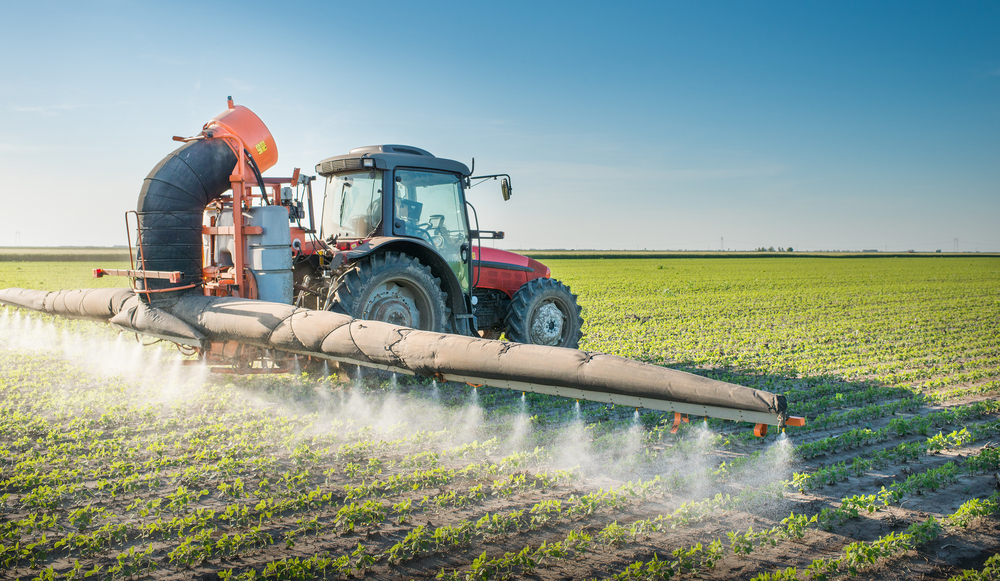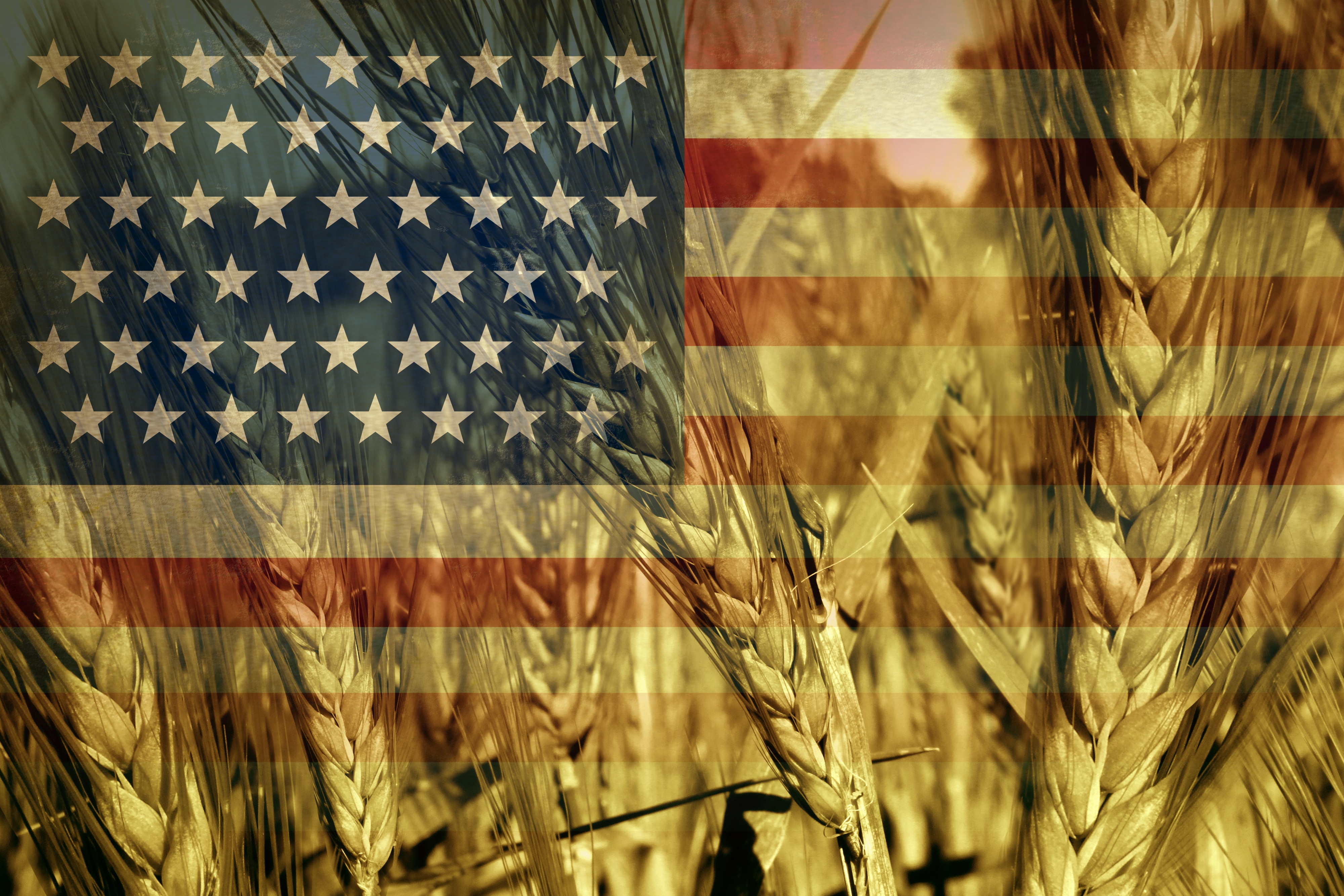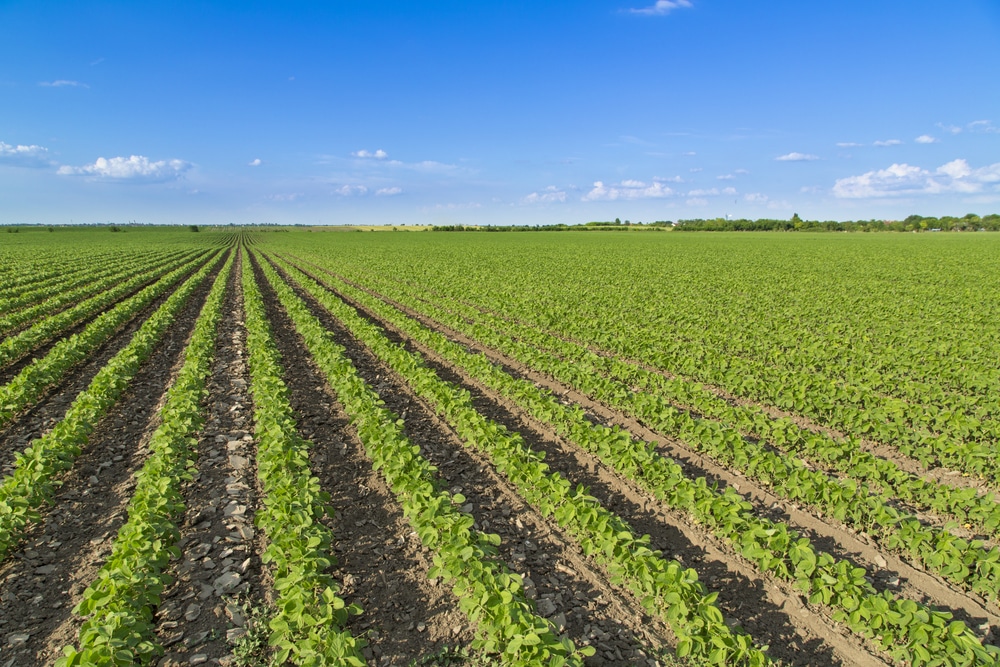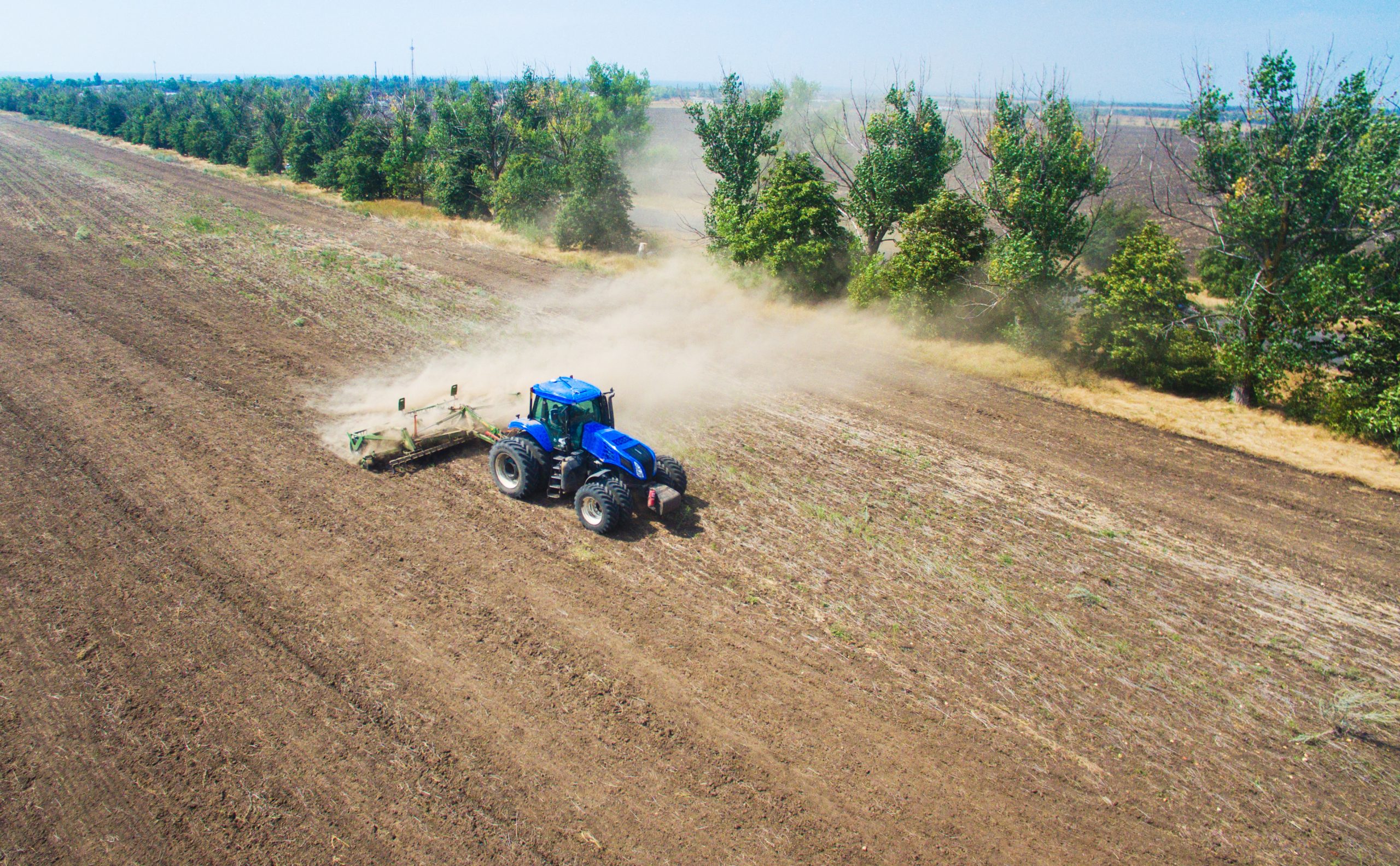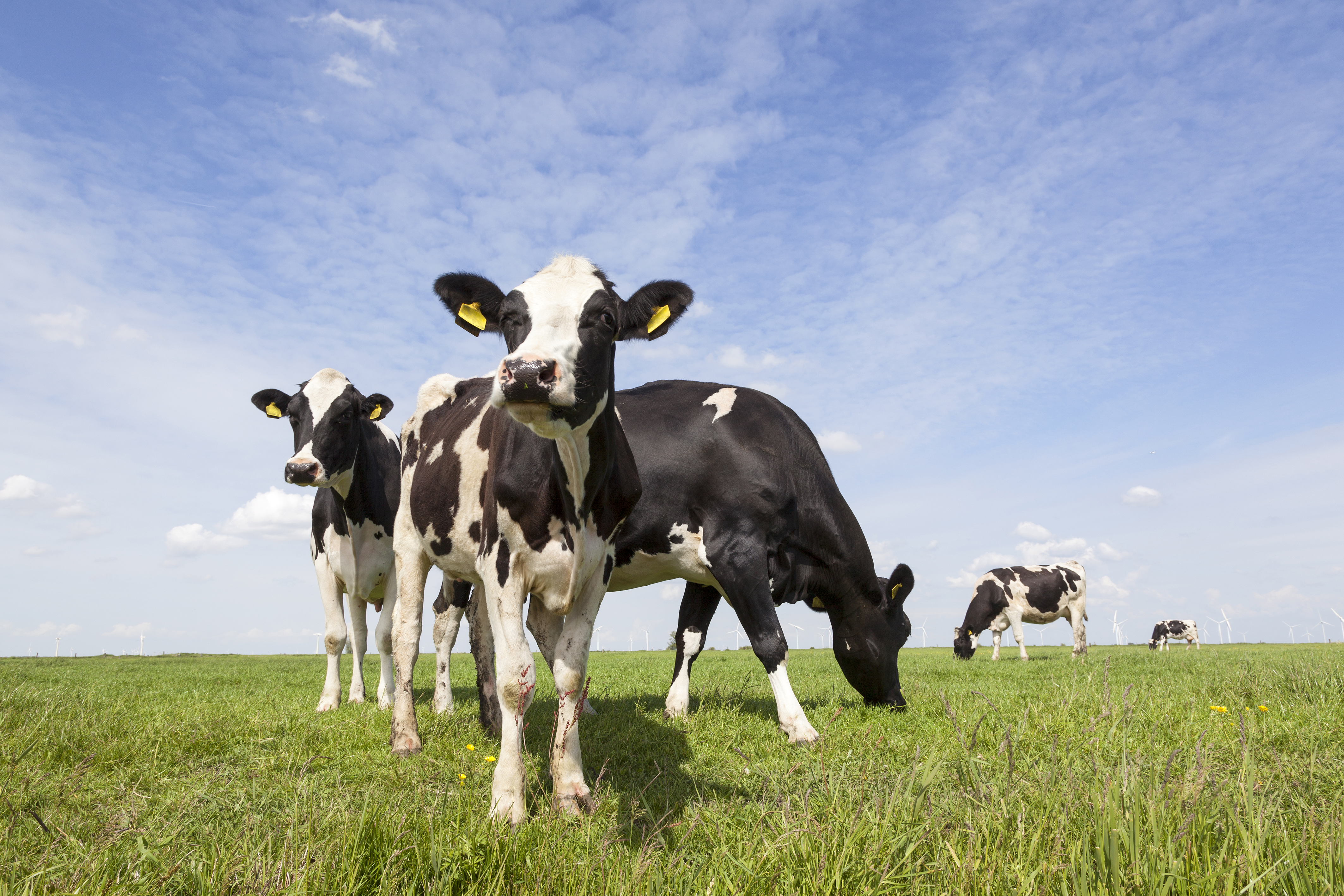With up to $2.1 billion for specialty crop producers at stake, the U.S. Department of Agriculture has provided the first details of the Coronavirus Farm Assistance Program direct payment plan.
The direct payments are the second part of USDA’s coronavirus relief. The first, the Farmers to Families Food Box program, announced $1.2 billion in contracts May 8 for food box deliveries of fresh produce, dairy, and pre-cooked meat. Funding for produce box sourcing and distribution was earlier estimated at $100 million per month for six months.
Direct payment plan
Under the direct payment program, payments will be based on losses where prices and market supply chains were disrupted. The compensation will help growers deal with lost demand and short-term oversupply during the 2020 marketing year as a result of COVID-19, according to a news release from USDA.
“These payments will help keep farmers afloat while market demand returns as our nation reopens and recovers,” Agriculture Secretary Sonny Perdue said in the release. “America’s farmers are resilient and will get through this challenge just like they always do with faith, hard work, and determination.”
Producers that fall into one of the following categories may be eligible to receive direct payments:
Sales with a price loss of 5% or more between January 15 and April 15, 2020. Almonds, artichokes, beans, broccoli, cabbage, carrots, cauliflower, sweet corn, cucumbers, eggplant, lemons, iceberg and romaine lettuce, dry onions, peaches, pears, pecans, bell and other types of peppers, rhubarb, spinach, squash, strawberries and tomatoes are eligible;
Shipments that left the farm by April 15 and spoiled due to no market or for which no payment was received. All specialty crops are eligible for this payment; and
Shipments that have not left farm or mature crops that remained unharvested by April 15. All specialty crops are eligible for this payment.
Beginning on May 26, growers of eligible commodities may apply for assistance through their local USDA Farm Service Agency Service Center, according to the release.
Application forms and additional information is at farmers.gov/cfap.
The USDA said there is a payment limitation of $250,000 per person or entity for all commodities combined, although the USDA said corporations, limited liability companies or limited partnerships may qualify for additional payments if members actively provide personal labor or personal management for the farming operation.
Producers will also have to certify they meet the Adjusted Gross Income limitation of $900,000 unless at least 75% or more of their income is derived from farming, ranching or forestry-related activities, according to the USDA, and producers must also be in compliance with Highly Erodible Land and Wetland Conservation provisions.
The USDA encouraged specialty crop producers to complete applications before May 26.
Program details
The direct payment funding comes from $9.5 billion in the Coronavirus Aid, Relief and Economic Stability (CARES) Act and $6.5 billion from the Commodity Credit Corporation Charter Act to compensate producers from market disruptions.
Under the direct payment program, producers will receive 80% of their maximum total payment upon approval of the application. The remaining portion of the payment, not to exceed the payment limit, will be paid at a later date as funds remain available.
The USDA first announced the $16 billion program for all farmers and ranchers in mid-April:
The direct payments are going to:
- $9.6 billion for the livestock industry ($5.1 billion for cattle, $2.9 billion for dairy and $1.6 billion for hogs);
- $3.9 billion for row crop producers;
- $2.1 billion for specialty crops producers; and
- $500 million for other crops Direct Assistance for Farmers and Ranchers.
Produce Industry reaction
The following associations issued statements on the USDA’s direct payment plan.
Florida Fruit & Vegetable Association President Mike Joyner:
“We appreciate the administration’s efforts to help agriculture overcome many of the challenges we have faced during this pandemic. Florida specialty crop producers experienced devastating losses from the shutdown of the foodservice supply chain and slowdown at retail – losses far greater than the direct payment limits announced today will cover. We will continue to work with Congress and the administration to secure additional relief for hard-hit Florida growers of fresh fruits and vegetables.”
National Potato Council CEO Kam Quarles:
“Given the scope of this crisis, we knew the initial funding would be insufficient to meet the need of family farms. Based upon the limited resources announced today under this direct payment program, the potato industry is strongly urging Congress to act rapidly to provide more resources and flexibility to fill this huge gap and maintain producers’ livelihoods.”
United Fresh Produce Association President and CEO Tom Stenzel:
“We applaud the announcement of a direct payment program for fruit and vegetable growers, which can also help relieve some of the debts owed by distributors who lost the ability to pay when the foodservice sector was shut down. Combined with the Farmers to Families produce box program, these are steps in the right direction. But we still need to work closely with Congress to provide additional needed support to agriculture in the next round of legislation on Capitol Hill. It’s essential that administration and Congress focus on programs that target resources for growers, grower-shippers and others in the produce distribution supply chain that have had direct job losses and immediate financial impact from government mandated closures.”
Western Growers President and CEO Dave Puglia:
“The administration is doing what it can to help as many farmers as possible from a limited source of relief funds. The tough part of this is that even with the increased cap on relief payments to individual farmers, the actual losses are far greater for many. By way of example, the average sized lettuce farm in the West is 250 acres and requires about $5,000 per acre to grow the crop. The relief payment cap means the farmer who lost the entire crop when the food service industry was closed will have no relief for all but 50 acres of that loss.
“We appreciate all the administration has already done, especially on regulatory and administrative challenges, to keep our industry operating through the crisis. I urge the president and (Agriculture Secretary Sonny Perdue) to closely monitor the full scope of economic damage done to fresh produce growers and other farmers and ranchers, and to work with Congress to close the gap in future COVID-19 relief efforts.”
